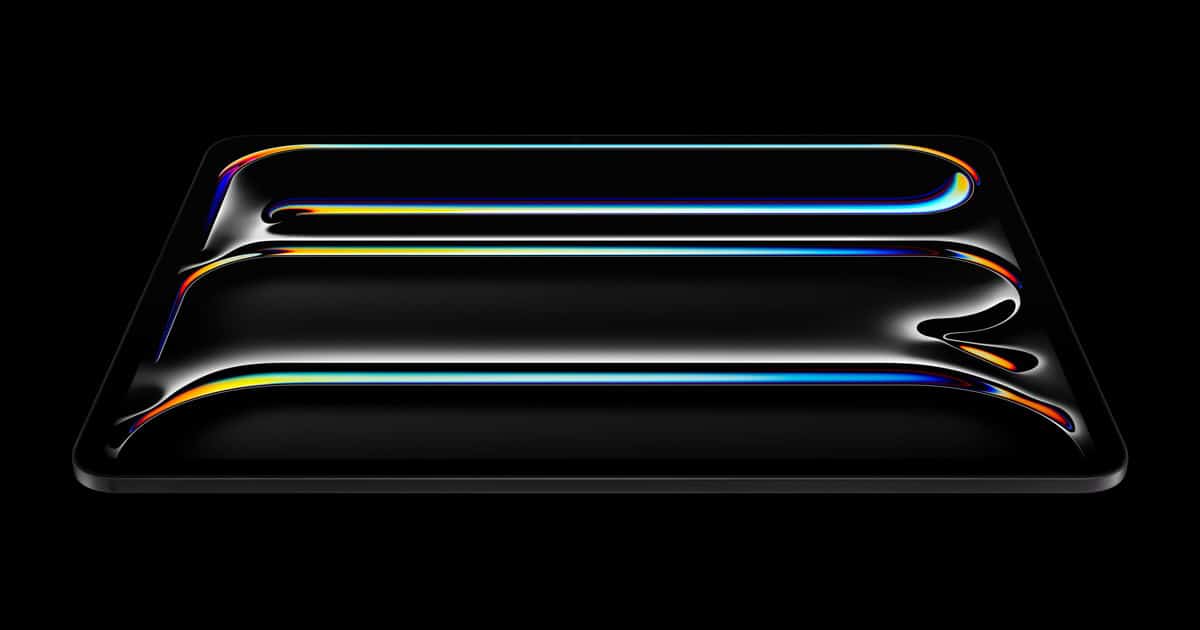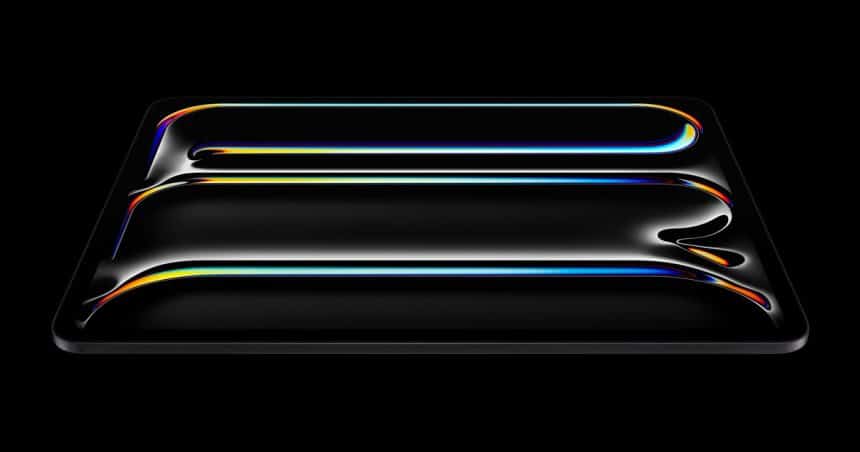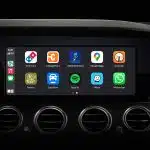Apple is exploring a potential hardware shift that could make future iPad Pro models even sleeker. A new report suggests the tech giant might approve a display driver chip from LX Semicon, allowing thinner bezels through a change in OLED panel design.
OLED Panel Changes Could Enable Slimmer Design
Currently, Apple sources its display driver IC (DDI) exclusively from Samsung. This chip uses thin film transistors and a chip-on-film (CoF) layer to send signals to the display. However, if Apple approves LX Semicon’s DDI, LG Display could start using its own CoF materials for future iPads.

This change would give LG more freedom to control how its OLED panels are built. With tighter control over the edges of the screen, LG could reduce bezel size. Although Apple previously rejected LX Semicon’s bid in 2024, the company has revived its effort to enter the iPad supply chain.
Competition Drives Innovation
Allowing LG to use its own driver chips would create healthy competition with Samsung. That move could lower costs for Apple and push both suppliers to improve display technology. More importantly, LG’s independence would make it easier to innovate display edges—key for reducing bezels.
Still, even if Apple approves the chip, it won’t affect iPad models in 2025 or early 2026. The benefits would likely appear in later versions.
Practical Limits to Bezel Reduction
While ultra-thin bezels may sound appealing, tablets like the iPad still need some border for grip. Unlike iPhones, which users can easily hold one-handed, iPads require more support. Without any bezel, users might accidentally trigger the touch screen while holding the device.
Apple may continue shrinking bezels slightly, but engineers must balance design goals with user comfort and usability.











